The basics of running knee biomechanics

During foot pronation, with the rearfoot fixed to the ground, your leg will usually follow the movement of your upper ankle. It means that the tibia – leg bone – being tightly locked with the talus – ankle bone -, we see a medial move of the ankle – adduction -, an internal rotation of […]
Foot orthotics and running
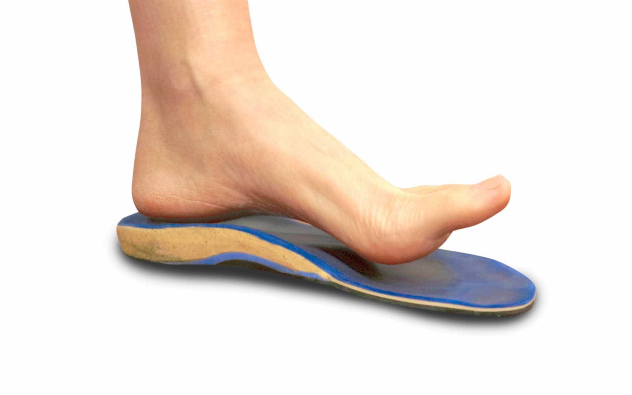
Foot orthotics have been proven to help with the treatment of running-related musculoskeletal injuries. 70 to 80% of people with chronic knee injuries get substantial benefits from such items. While several studies have shown a good amount of help with pain control, we do not really understand why the orthotics help so much. The mechanism […]
Footwear research findings
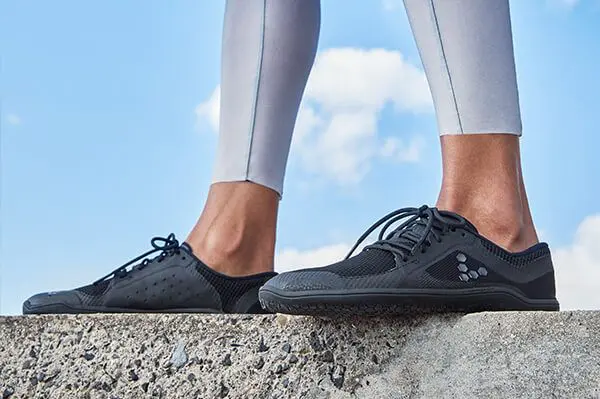
Research is conflictual when it comes down to the type of shoe you wear, and the associated injury-rate. Despite this fact, it makes sense to pick up a shoe that matches your foot type. Flat feet? Try the motion control type. High arch? Go for the neutral type. You obviously do not want to “aggravate” […]
What are risk factors for a running overuse injury?

As for many injuries, it is hard to identify one unique factor that puts you at risk of an overuse injury. Remember the 4 main causes of pain with running? Let’s discuss each one. Atypical foot mechanics: conflictual evidence exists. To this day, it would make sense but we cannot be sure that hyper-pronation, in […]
Foot mechanics #2

During the first half of the stance, the midfoot and the forefoot do the majority of the work, in comparison to the rearfoot. The natural movement associated with the rearfoot eversion is a combination of vertical and medial midfoot displacement. This means that a tight arch will have you compensate with the rearfoot. The arch […]
Foot mechanics #1
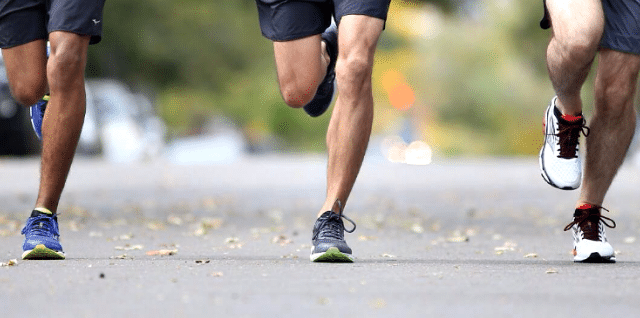
Starting to talk about the foot makes perfect sense. It all starts from here. Every time you land on the foot, the ground reaction force initiates there and moves up the kinematic chain. The first half of running gait is referred to as an eccentric or cushioning phase, while the second half is referred to […]
The 4 main factors causing you pain while running

A large amount of speculation exists regarding the mechanisms of running injuries. Even though there is conflictual evidence in regard to the risk factors, some studies have provided good insights about what can cause runners to get injured. The four important factors are as follow: biomechanical gait patterns, muscular strength, anatomical alignment, and tissue flexibility. […]
The second most common knee pain for runners
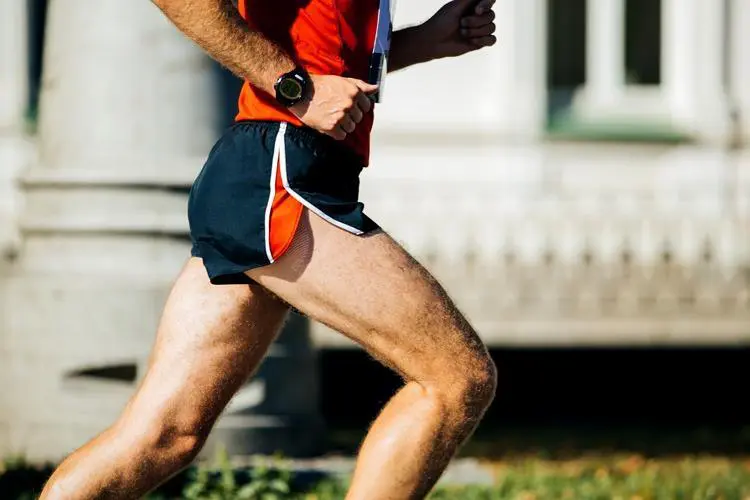
Iliotibial band syndrome Iliotibial band syndrome or ITBS is the second most common knee pain with runners and the most common one on the lateral side of the knee. It has been suggested that the frictional forces between the ITB and the lateral femoral condyle/bone are the highest at 20-30 degrees of knee flexion. This […]
The first and most common knee pain for runners

Patellofemoral pain syndrome Introduction Patellofemoral pain syndrome or PFPS is one of the most common injuries in running and jumping. It accounts for half to two-thirds of running-related knee pain. Despite being so common, its cause remains vague and discussed. The onset is often insidious, located around the kneecap. No specific cause has been constantly […]
Common running-related injuries – the knee
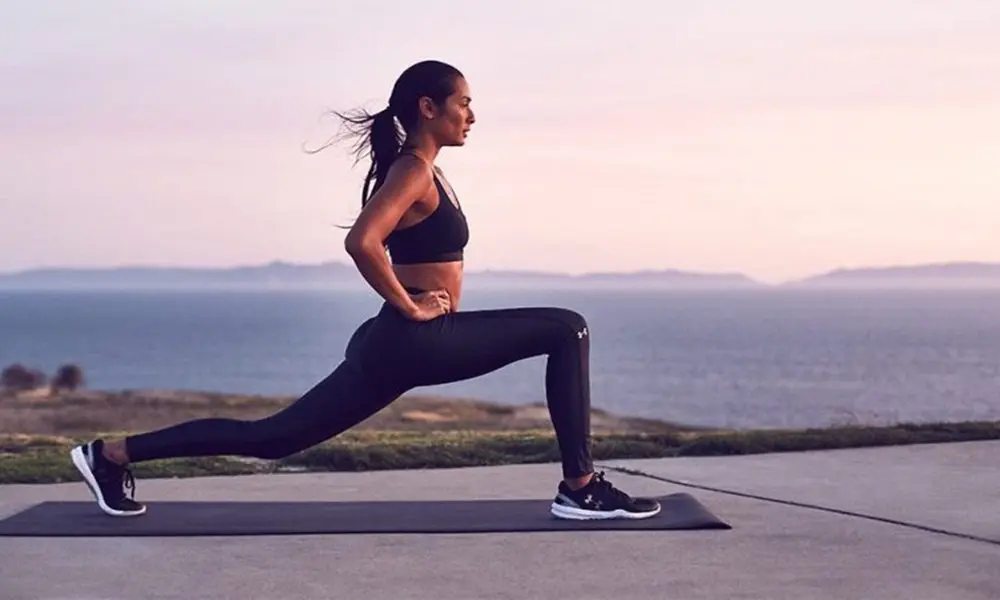
Almost half of the overuse running injuries are located at the knee. Patellofemoral pain – or PFP – is the most common, followed by iliotibial band friction syndrome – ITBS -, meniscal injuries and patellar tendinitis. Among other common runners complains, we can describe plantar fasciitis, Achilles tendinitis, gluteus medius and hamstring injuries, as well […]
